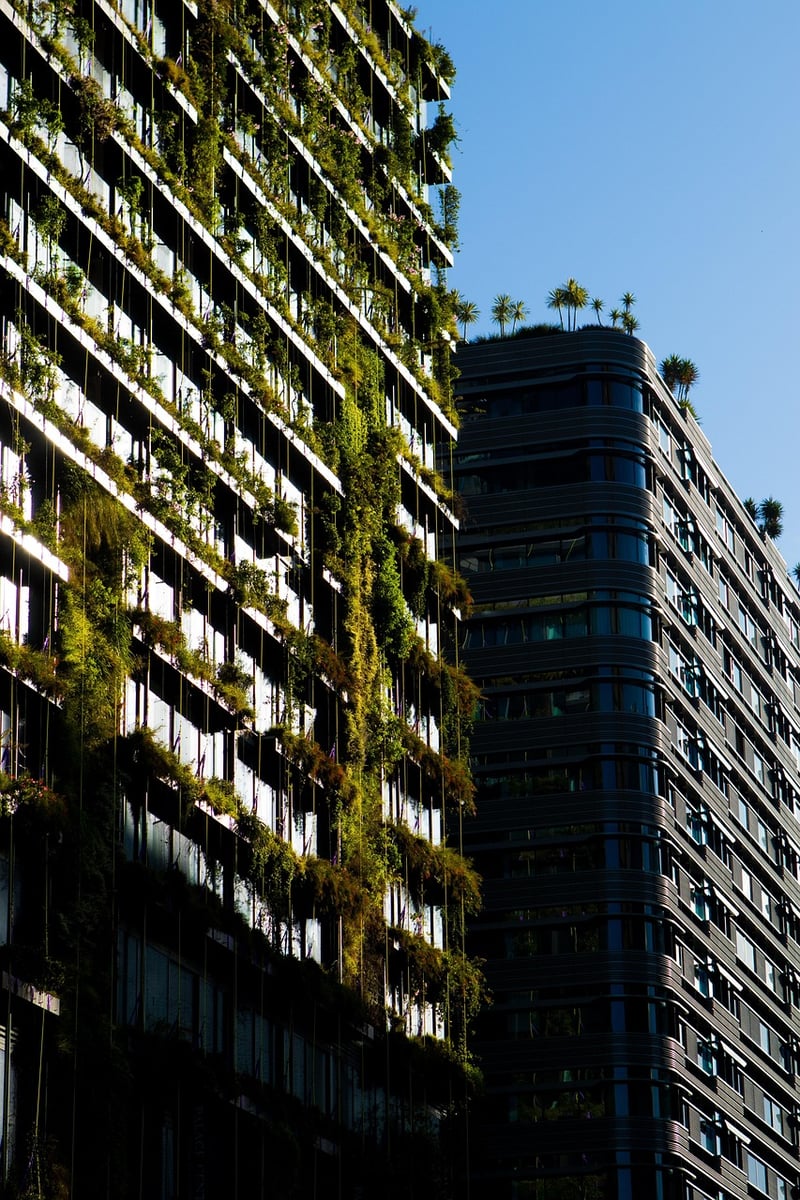Vegetable Patches
The Urban Gardener's Guide: Growing Food in the City

In the hustle and bustle of city life, finding space to grow your own food might seem like a challenge. However, with a little creativity and determination, urban gardening can thrive even in the most limited spaces.
Benefits of Urban Gardening:
- Access to fresh, organic produce
- Reduction of carbon footprint
- Enhancement of urban aesthetics
- Promotion of biodiversity
- Opportunity for stress relief and relaxation
Types of Urban Vegetable Patches:
1. Container Gardening
Perfect for balconies or small patios, container gardening allows you to grow a variety of vegetables in pots, hanging baskets, or other containers.

2. Vertical Gardening
Utilize vertical space by growing vegetables on walls, trellises, or vertical structures. Vertical gardening is ideal for maximizing space in tight urban settings.

3. Rooftop Gardens
Transform your rooftop into a lush garden oasis. Rooftop gardens not only provide a space for growing food but also offer insulation benefits and aid in reducing the urban heat island effect.

Tips for Successful Urban Gardening:
- Choose the right plants for your space and sunlight conditions.
- Use quality soil and consider composting to enrich it.
- Regularly water and fertilize your plants.
- Monitor for pests and diseases and take prompt action.
- Join a community garden or urban gardening group for support and knowledge sharing.
With a bit of ingenuity and a green thumb, anyone can enjoy the rewards of growing their own food in the city. Start your urban garden today and reap the benefits of fresh, homegrown produce right at your doorstep.
Happy gardening!
